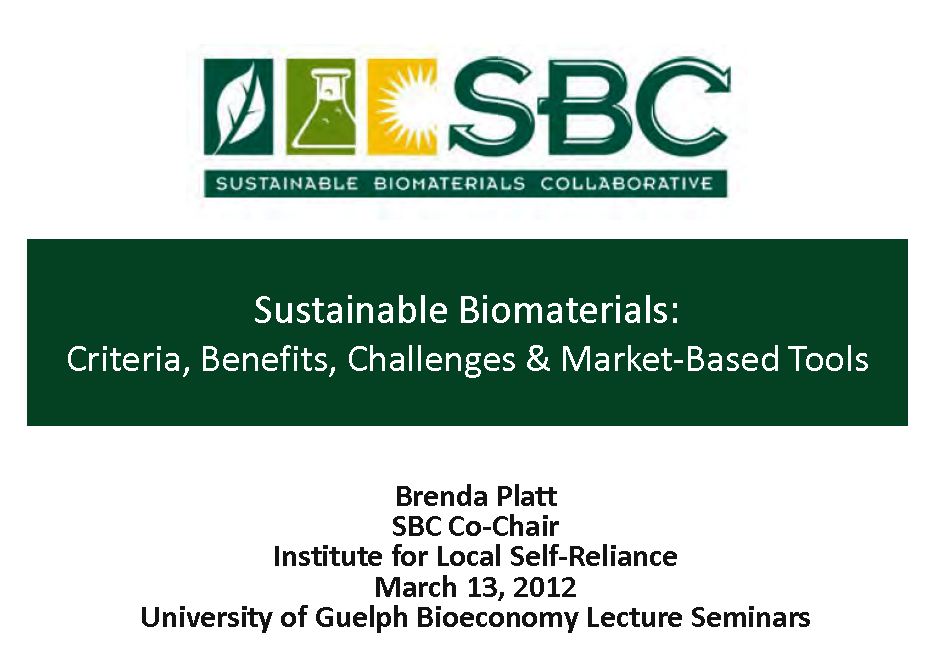![]() Compostable plastic bags are increasingly used to collect food scraps for composting. Their main benefit? Removing the “ick factor” associated with collecting food residuals by keeping collection containers clean and odors at bay, while also breaking down at the composting site.
Compostable plastic bags are increasingly used to collect food scraps for composting. Their main benefit? Removing the “ick factor” associated with collecting food residuals by keeping collection containers clean and odors at bay, while also breaking down at the composting site.
Unfortunately, many plastic bag makers claim that their products are “biodegradable” or environmentally preferable in other ways. Often claims are unsubstantiated. But even bags that do meet compostability standards vary from one another in other environmental attributes. Not all can be home composted, for instance, and not all are biodegradable in the marine environment. Furthermore, many imply they have high biobased content when in fact they have very little. Some are made with genetically modified biomass feedstocks; others are not.
This new fact sheet, Compostable Plastic Bags: A Glance of What Is Packed in the Bag, provides purchasers with information on compostable plastic bags and environmental attributes worth considering in order to drive demand for environmental preferable biobased products.
Considering use of compostable plastic bags? At minimum, ask for proof of compostability and biobased content.
Download the Compostable Plastic Bags: A Glance of What Is Packed in the Bag (171 KB)





